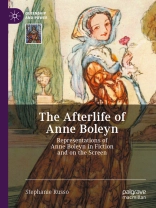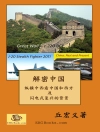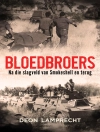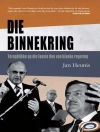This book explores 500 years of poetry, drama, novels, television and films about Anne Boleyn. Hundreds of writers across the centuries have been drawn to reimagine the story of her rise and fall.
The Afterlife of Anne Boleyn tells the story of centuries of these shifting and often contradictory ways of understanding the narrative of Henry VIII’s most infamous queen. Since her execution on 19 May 1536, Anne’s life and body has been a site upon which competing religious, political and sexual ideologies have been inscribed; a practice that continues to this day. From the poetry of Thomas Wyatt to the songs of the hit pop musical
Six,
The Afterlife of Anne Boleyn takes as its central contention the belief that the mythology that surrounds Anne Boleyn is as interesting, revealing, and surprising as the woman herself.
Tabla de materias
I1. The It Girl of Tudor England.- 2. Anne Boleyn in the Sixteenth Century.- 3. Anne Boleyn in the Seventeenth Century.- 4. Anne Boleyn in the Long Eighteenth Century.- 5. Anne Boleyn in Nineteenth-Century Historical Fiction.- 6. Anne Boleyn on the Nineteenth-Century Stage.- 7. Anne Boleyn from 1900 to 1950.- 8. Anne Boleyn from 1950 to 2000.- 9. Anne Boleyn in Twenty-First-Century Historical Fiction.- 10. Anne Boleyn in Twenty-First-Century Transgeneric Fiction.- 11. Anne Boleyn in Film and Television.- 12. Conclusion.
Sobre el autor
Stephanie Russo is Senior Lecturer in the Department of English at Macquarie University, Australia. She has published widely on women’s writing of the early modern period, as well as historical fiction.












